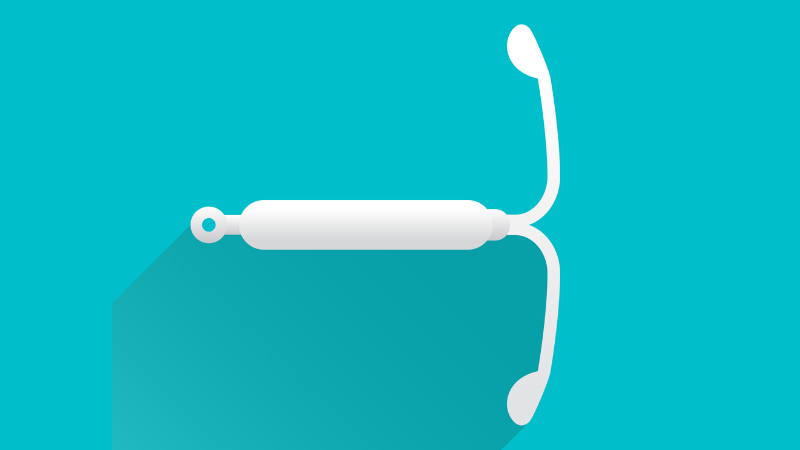 An intrauterine device, also known as ‘the coil’ is a small plastic T-shape that is inserted into the uterus (womb).
An intrauterine device, also known as ‘the coil’ is a small plastic T-shape that is inserted into the uterus (womb).
The device releases small amounts of progestogen. This is a synthetic hormone which mimics the natural hormone, progesterone.
The progestogen sticks to the cervical mucus which stops sperm from entering the womb. It also thins the womb lining so a fertilised egg cannot implant.
It is fitted by someone with specialist training and can last for up to 8 years. It is effective seven days after insertion.
It does not provide protection against STIs.
-
How is it fitted?
You can usually have an IUS (intrauterine system), also called a hormonal coil, fitted by a specially trained doctor or nurse at a GP surgery or sexual health clinic.
An IUS can be fitted any time in your menstrual cycle, as long as you’re not pregnant.
If it’s fitted in the first 5 days of your cycle (day 1 is the first day of your period), you’ll be protected against pregnancy straight away.
If it’s fitted at any other time, use another type of contraception, such as condoms, for 7 days afterwards.
Having an IUS fitted should take about 5 to 10 minutes, but allow at least 30 minutes for the appointment.
-
Advantages
- It is the most effective form of contraception and can last longer than other methods.
-
Disadvantages
Possible side effects include:
- period-like pain and bleeding (spotting) after having an IUS fitted;
- small fluid-filled sacs (cysts) on your ovaries – these are usually harmless and disappear without treatment;
- a small chance of getting thrush that keeps coming back. Talk to your GP if this happens.
Some people report headaches, acne, sore breasts, and mood changes. There is not enough evidence to say if an IUS causes these.
- Where to get it?






